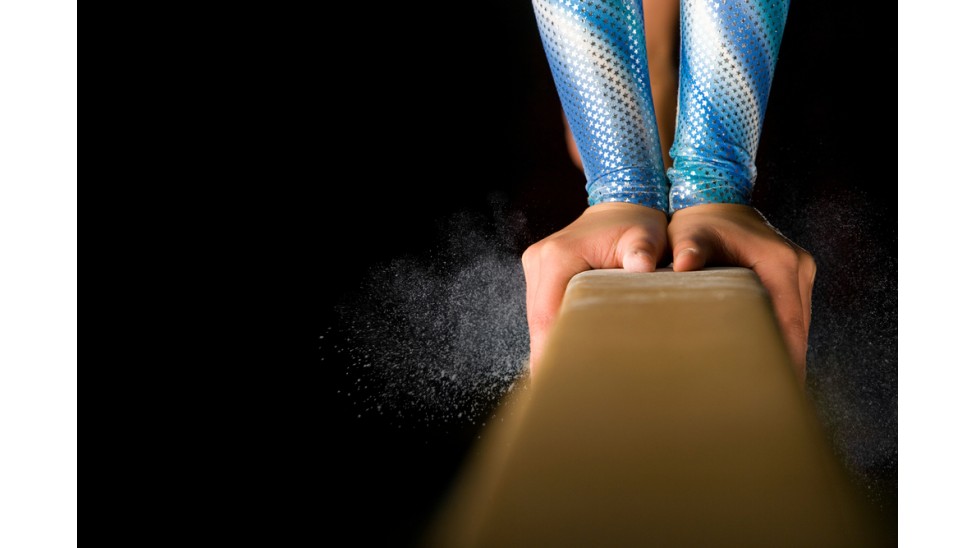
The Evolution of Gymnastics Leotards: From Basic to Bold
Posted on - 18th January 2023
Gymnastics has been around since the 1800s. However, you might be surprised to learn that the sport wasn't part of the world famous Olympic Games until Athens 1896. Since then, the world of gymnastics leotards has come an incredibly long way, especially as far as fashion is concerned.
In this article by Olympique, we’ll be going through the facts regarding the evolution of female gymnastics leotards as well as how leotards were influenced by the Olympics. How did it go from basic rompers to the bold and slim fitting leotards we see today? Keep on reading to find out more.
1920s
It wasn’t until 1928 when the first official female gymnast competed at the Olympics in Amsterdam. By then, gymnasts wore basic loose-fitting rompers with little embellishments. The lower half of the outfit offered maximum coverage and modesty.
1940s
When the Olympics returned to London in 1948, the American team looked quite fashionable, wearing short-sleeved leotards with a high neckline and a low-cut leg opening. Yet, not all women’s gymnastics teams at the 1948 Olympics had adopted leotards as their costumes. For instance, Great Britain’s team continued to wear a sleeveless romper with loose-fitting shorts.
1950s
For the 1956 Olympic Games in Australia, it was Soviet gymnast, Larissa Latynina, who wore a long-sleeved, skin-tight leotard reminiscent of what we recognise as gymnast apparel today.
1960s
At this point, more nations started to adopt the slim fitting leotard as the standard apparel for gymnasts at the Olympics. For example, Cathy Rigby wore a muted, salmon-coloured leotard with simple white detailing around the neckline. Wearing plain and muted coloured leotards remained a go-to style for the next decade or so.
1970s
For the 1970s, the designs of leotards were hugely influenced by movies like Flashdance and Jane Fonda workout videos. Danskin-style designs became a popular trend in dance and gymnastics apparel.
In terms of the Olympics at this time, leotards started to feature the colours of their representing country. For instance, at the 1976 Olympics, Nadia Comaneci competed in a plain white leotard with lines of the Romanian colours in red, yellow, and blue.
1980s
The 80s were known for spandex and neon colours. By the 1980 Games in Moscow, Olympic gymnastics costumes had become more expressive with teams performing in leotard designs that were multi-coloured and featured patterns, stripes, or other embellishments.
2000s
In the new millennium, we saw an increase in the use of sparkles, diamantes, and mesh. This was influenced by ice skaters and figure skaters which was featured on their apparel long before it was spotted on gymnastics leotards. It seems the more the bling, the better it is! The quality of fabric technology also evolved to allow for more stretch and better movement.
Beth Tweddle is one of Britain’s most successful gymnasts ever, winning a bronze medal for uneven bars at the London Olympics in 2012. During her performance, she wore a long-sleeved fitted sequin leotard with navy and blue colours with white diagonal lines.
Today
To summarise, the modern design of gymnastics leotards has remained similar to designs from the 1980s with only a few improvements on fabric technology and design. High-tech fabrics and hologram foil shows off a gymnast’s athletic body form and flattering cuts compliment their abs, triceps and legs.
Are you the next Beth Tweedle? For high performance and stylish gymnastics leotards and shorts, shop our range at Olympique today.
